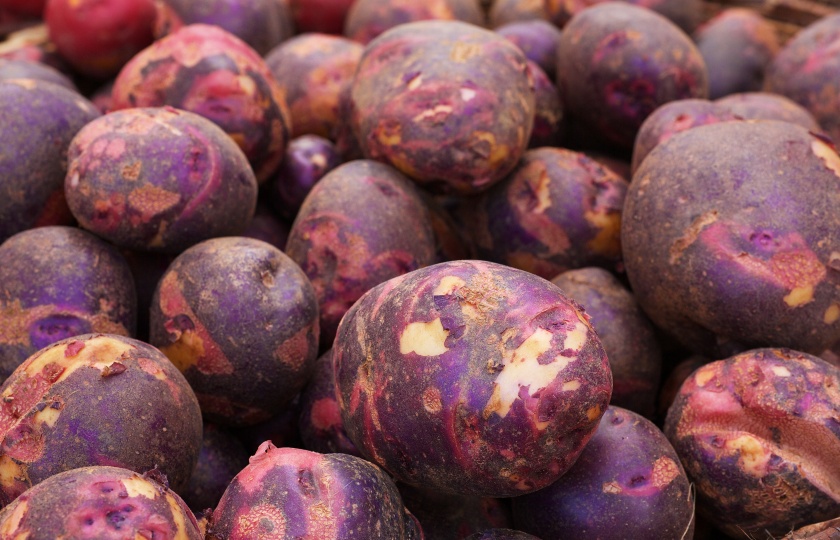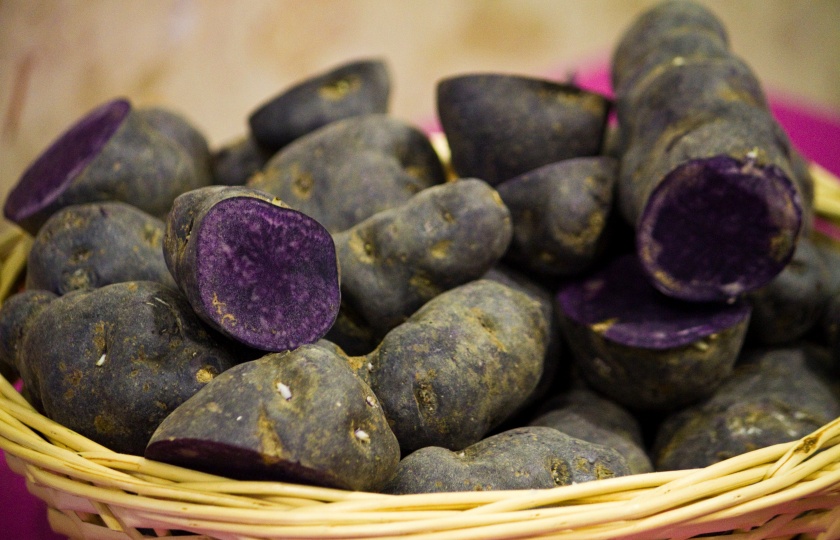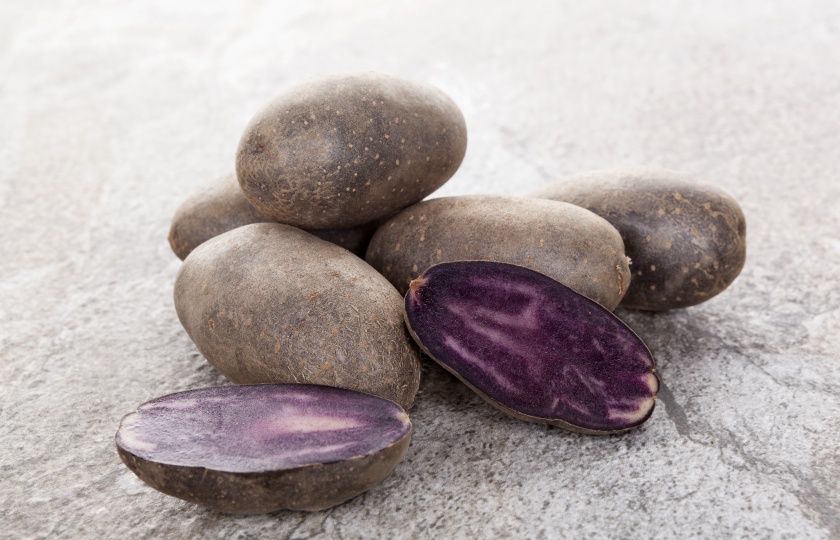Purple Potatoes Skin On or Off for Best Results

Purple potatoes, as a healthy ingredient, have always been a topic of discussion regarding whether their skins should be removed before cooking. Let me share how I handle it.
Is it better to peel purple potatoes or not?
Do purple potatoes need to be peeled? It really depends on how you plan to prepare them! Both ways work, so it’s all about your cooking method.
Benefits of leaving the skin on:
If you're roasting or boiling them for a salad, there’s no need to peel. Just clean them thoroughly. The skin is thin, adds a nice texture, and when roasted, it gets crispy and flavorful. Plus, the skin contains nutrients like dietary fiber and anthocyanins, making it healthier and less wasteful.
Benefits of peeling:
For creamy dishes like mashed purple potatoes or soup, peeling is better for a smoother texture. Also, if the potato skin is tough or has stubborn dirt spots after washing, it’s best to peel for peace of mind.
My advice:
Leave the skin on when roasting, steaming, or stewing—it’s simple and hassle-free. But for silky textures like in mashed potatoes or soups, go ahead and peel. Either way, always clean them thoroughly!
Is it easier to peel purple potatoes after cooking?
Yes, peeling purple potatoes after cooking is much easier. Once cooked, the skin becomes soft, and with a slight squeeze or a cut with a knife, it can be easily removed. Additionally, cooked potatoes are softer, so the flesh is less likely to be wasted when peeling.

Does purple sweet potato skin taste bitter?
Purple sweet potato skin does have a slight bitterness, but it’s usually mild and acceptable for most people. The faint bitterness is more like a natural, earthy taste from the plant itself, which might become more noticeable after cooking.
Does peeled purple potato taste the same as unpeeled?
Peeled and unpeeled purple potatoes generally taste quite similar, but there is a slight difference. The skin of purple potatoes is rich in fiber and anthocyanins, so cooking them with the skin on enhances the flavor, making it more robust, with a slight chewy texture.
Especially when roasted or boiled, the skin becomes crispy and adds a layer of texture to the dish.
On the other hand, peeling the potatoes results in a more pure taste, with a softer and smoother texture. Although the unique flavor and texture from the skin are lost, peeled purple potatoes are preferred by those who enjoy a smoother mouthfeel.

How to clean purple potato skins?
Cleaning purple potato skins is simple; just follow these steps:
Rinse off surface dirt: Place the purple potatoes under running water and gently rub off the dirt and impurities.
Use a brush: Take a vegetable brush or a clean toothbrush and gently scrub the surface, especially the nooks and crannies, to ensure all dirt is removed.
Soak to remove impurities: If the potatoes are particularly dirty, add a small amount of salt to water and soak the potatoes for about 5 minutes. This will help break down the dirt and impurities.
Final rinse: Rinse the potatoes thoroughly with clean water, ensuring they are completely clean before drying them. Once dried, they’re ready to be cooked.
Does the skin of purple potatoes get tough when baked?
If baked without foil, the skin will indeed become tough and crispy. If you don’t like tough skin, you can brush the potatoes with oil before baking or wrap them in foil to keep the skin softer and improve the texture. This will preserve the flavor of the skin while avoiding a hard texture.
If you enjoy a crispy skin, baking them directly without foil is the best option, as the skin becomes crunchy while the inside remains soft, offering a delightful contrast in texture























